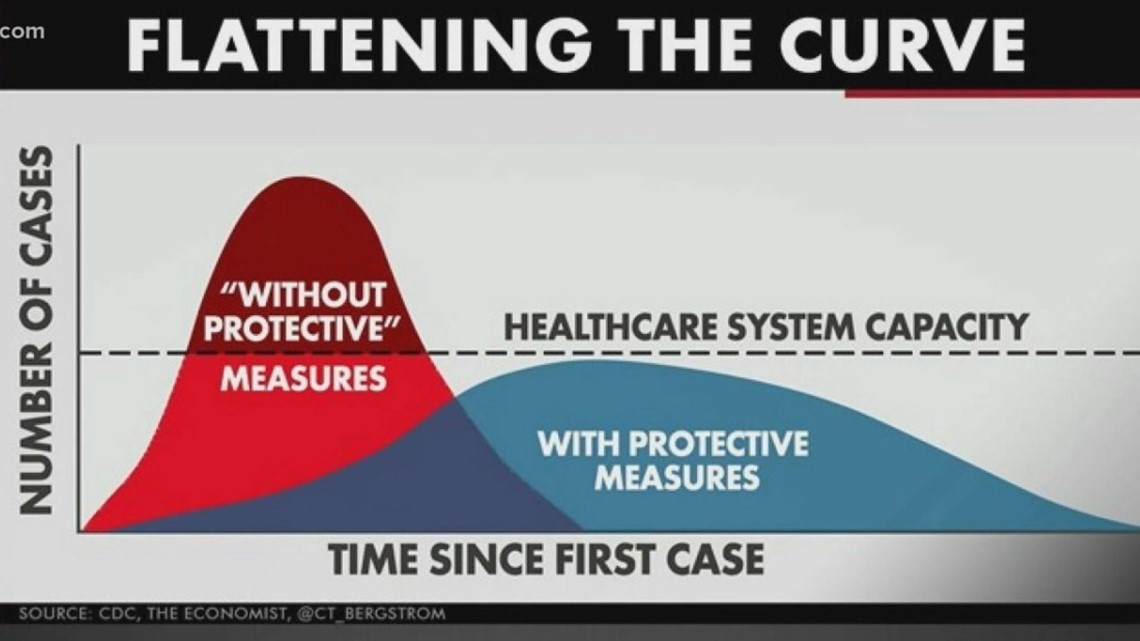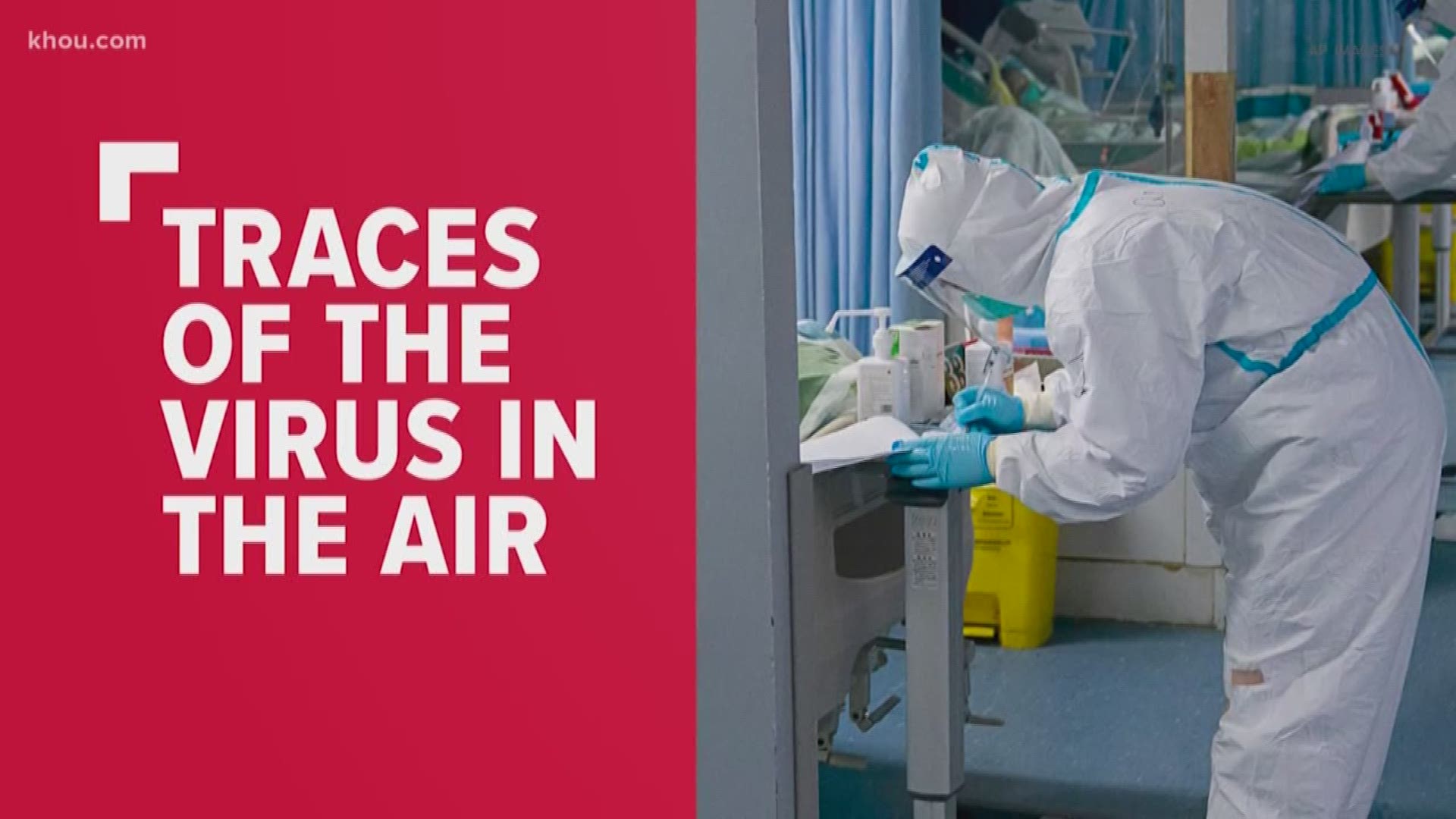How do I know if I have coronavirus, allergies or the flu?
Coronavirus, or specifically COVID-19, symptoms will appear within two to 14 days after exposure. This includes fever, cough and shortness of breath or difficulty breathing.
The big difference between coronavirus and the flu or allergies is that congestion, frequent sneezing, body aches and fatigue or weakness are not typical.
Anyone can contract the virus, but most deaths have been reported in older adults who had other health conditions. Adults without pre-existing health conditions most often experience mild symptoms— if none at all.
Influenza is a viral infection that attacks your respiratory system — your nose, throat and lungs. Symptoms will appear within four days of being exposed and include the following:
- Fever over 100.4 F (38 C)
- Dry cough
- Chills and sweats
- Congestion
- Sore throat
- Muscle aches
- Fatigue and weakness
Influenza is commonly called the flu, but it's not the same as stomach "flu" viruses that cause diarrhea and vomiting.
If you tend to get "colds" that develop suddenly and occur at the same time every year, it's possible that you actually have seasonal allergies. Although colds and seasonal allergies may share some of the same symptoms, they are very different diseases.


Allergy symptoms include sneezing, itchy nose, itchy eyes, itchy roof of the mouth, runny/stuffy nose and watery, red or swollen eyes.
Common colds are caused by viruses, while seasonal allergies are immune system responses triggered by exposure to allergens, such as seasonal tree or grass pollens.
Click here for a more detailed breakdown of these illnesses, common treatments and other information.
Where did the coronavirus come from?
The coronavirus was first detected in China and now has been detected in more than 100 locations internationally, including in the United States, according to the Centers for Disease Control.
Coronavirus, also known as COVID-19, is a disease that comes from the virus called “SARS-CoV-2."
SARS-CoV-2 has its origins in bats. The sequences from U.S. patients are similar to the one that China initially posted, suggesting a likely single, recent emergence of this virus from an animal reservoir.
According to the CDC, the epicenter of the outbreak was in Wuhan, Hubei, Province, China. Early on, many of the patients had some link to a large seafood and live animal market, suggesting animal-to-person spread. Later, a growing number of patients reportedly did not have exposure to animal markets, indicating person-to-person spread.
Click here for more background information on the coronavirus.
What does it mean to test 'presumptive positive' for the virus?
Presumptive positive cases are persons with at least one respiratory specimen that tested positive for the virus at a state or local lab.
Laboratory-confirmed COVID-19 cases are persons with at least one respiratory specimen that tested positive for the virus at a CDC laboratory.
When KHOU 11 reports that a case is 'presumptive positive,' we're simply saying the test results are credible but did not come from the CDC.
This is important because the CDC is the official source for case counts in the U.S. and the organization setting guidelines and procedures for hospitals and labs.
Click here to read a transcript from our Q&A with CDC officials about the definition of 'presumptive positive.'
Can my pet get the virus, and can my pet the virus to me?
It's unlikely, but there's always a chance something strange could happen as research on COVID-19 continues.
According to the CDC and the American Veterinary Medical Association, pet fur is not a great environment for carrying the virus.
Although other coronaviruses that infect animals have infected people, it is very rare and, according to the Center for Disease Control and Prevention, there is no evidence that pets can spread COVID-19.
That being said, pet owners should be washing their hands after handling their animals, their food, waste or supplies. They should also limit their contact with other animals that aren't their own just in case. Read more here.
How many people have tested positive for the virus in the U.S.?
The CDC is reporting all confirmed cases of the virus in the U.S. on their website everyday at 4 p.m.
The page has an interactive map showing the amount of cases reported in each state.
There's also information about how many U.S. cases are travel-related, how many are still under investigation and the current death toll. You can access it by clicking here.
Why are schools closing and large-scale events being cancelled?
The idea behind those closures and cancellations is to achieve what is called "flattening the curve," with the goal of slowing the spread of the virus by limiting interactions with massive amounts of people.
A graphic from the CDC illustrates how this would work well.


If we did nothing right now and carried on exactly as normal, we would end up in the dark red part of the chart - the health care system would be overrun, above max capacity, and unable to care for people who are really sick.
It's easier to explain through video:
What is social distancing?
Social distancing is what health experts say will slow down the spread of the coronavirus. It's keeping your distance from people as a way to protect oneself and others from getting sick.
The following are tips for social distancing at home and at work.
Home
- Stay home
- Don’t go out in public when you’re sick
- Avoid medical settings unless necessary
- Give 6 feet of space from others
- Wave instead of shaking hands
- Practice excellent personal hygiene
Work
- Work in ways that minimize close contact
- Minimize groups over 10
- Encourage telecommuting
- Clean your workspace frequently
Read more about social distancing here.
What products can protect you from the coronavirus?
The World Health Organization says an alcohol-based hand rub or soap and water kills viruses that may be on your hands.
The Centers for Disease Control says:
- Wash your hands often with soap and water for at least 20 seconds especially after you have been in a public place, or after blowing your nose, coughing, or sneezing.
- If soap and water are not readily available, use a hand sanitizer that contains at least 60% alcohol. Cover all surfaces of your hands and rub them together until they feel dry.
MORE ON THE CORONAVIRUS:
- Abbott waives STAAR testing requirements
- 'It's getting worse': United Airlines to cut flights 50%
- Houston's heroes: J.J. Watt and Kealia Ohai Watt donate $350,000 to Houston Food Bank
- These Houston-area school districts are offering free take-home meals during coronavirus closures
- Some Texas schools could be closed through academic year due to coronavirus
- Scholastic offers free online classes for your kids to learn during school closures
- Tennessee brothers donate hand sanitizer, other items they bought hoping to make profit
- Starbucks will be 'to go' only for 2 weeks in US, Canada due to coronavirus
- VERIFY: You can still get COVID-19 if you have the flu. Everyone needs to take the same precautions.


